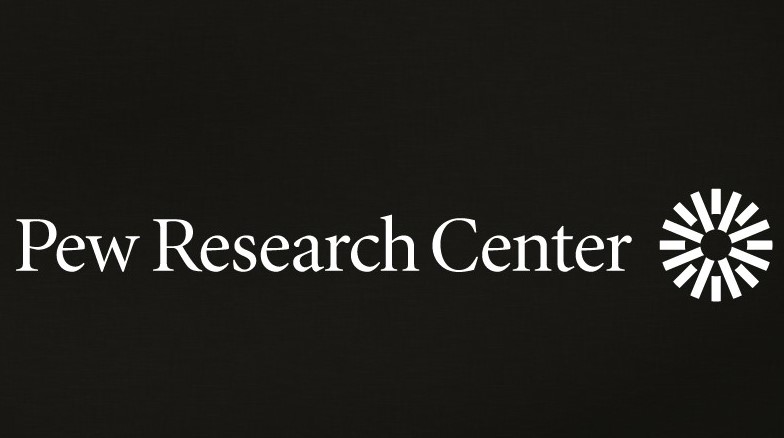Indian Americans least poor among Asian American groups: Pew

Indian (6%) and Filipino Americans (7%) had the lowest poverty rates among Asian groups, according to a new survey which found more than 2.3 million Asian Americans – about one-in-ten – lived in poverty in 2022.
Asian Americans are often portrayed as educationally and financially successful when compared with other racial or ethnic groups, but in reality about 10% of Asian Americans overall live in poverty, according to a Pew Research Center analysis and US census bureau data.
Poverty rates vary widely across origin groups with Burmese (19%) and Hmong Americans (17%) among the Asian origin groups with the highest poverty rates in 2022, according to Pew.
READ: Asian Americans fastest-growing group of eligible voters: Pew (January 11, 2024)
A third of Asian Americans ages 25 and older who live in poverty have a bachelor’s degree. By comparison, among non-Asians 25 and older who live in poverty, only 14% have a bachelor’s degree. Asian Americans 25 and older with at least a bachelor’s degree are still less likely to live in poverty (5%) than those with less formal education (13%).
Nearly six-in-ten Asian Americans who live in poverty are immigrants. And relatively few of these immigrants speak English proficiently, the survey found.
Among Asian immigrants ages 5 and older living below the poverty line, 44% are proficient in English (meaning they either speak only English or speak the language very well). By comparison, 61% of those immigrants above the poverty line speak English proficiently.
About one million Asians who are below the poverty line live in 10 US metropolitan areas. In fact, more than 500,000 live in just three metropolitan areas: New York City, Los Angeles and San Francisco. These metro areas each have about 100,000 or more Asians living in poverty, and together they hold 26% of all Asian Americans living in poverty.
Fresno, California (19%), Buffalo, New York (18%) and Pittsburgh, Pennsylvania (15%) are among the metro areas with the highest poverty rates among Asian Americans. Still, Asian Americans who live in poverty largely reside in places with larger Asian populations than these metro areas.
Around eight-in-ten Asian adults who live in poverty (79%) have experienced financial challenges in some way in the past 12 months, according to a Pew Research Center survey of Asian adults conducted in 2022 and 2023. By contrast, 48% of Asian adults living above the poverty line say they have experienced the same.
A majority of Asian adults who live in poverty (61%) have turned to family or friends for help with bills, housing, food or employment. A large share (49%) also say they have sought help from local, state or federal governments. Smaller shares have sought help from religious institutions such as churches or temples (21%) or Asian community groups (13%).
However, 19% of Asian adults living in poverty say they have not sought help from any of the sources asked about in the survey.
Why Asian immigrants came to the US is linked to whether they have received help from the government. For example, a third of all Asian immigrants, regardless of poverty status, who came to the US due to conflict or persecution in their home country have received help with bills, housing, food or employment from governments (33%).
By comparison, smaller shares of Asian immigrants who came for educational opportunities (14%) or economic opportunities (16%) or who migrated to be with family (25%) say the same.
Roughly half of Asian Americans who live in poverty (47%) say the American dream is out of reach, but others say they have achieved it (15%) or are on their way to achieving it (36%).
By comparison, Asians living above the poverty line are more optimistic about their chances of achieving the American dream: 26% say it is out of reach for them, while 27% say they have achieved it and 46% say they are on their way to achieving it.
Asian adults who live below the poverty line and those who live above it have similar views on what’s important to achieving the American dream.
For Asians living in poverty, the vast majority say having freedom of choice in how to live one’s life (91%), a good family life (91%), children having the best opportunities (91%) and retiring comfortably (90%) are important to their view of the American dream. Among Asian adults living above the poverty line, similar shares say these elements are important.
Homeownership is also seen as key: 81% of Asian adults living in poverty and 87% of those living above the poverty line say owning a home is important to their view of the American dream. However, Asian adults in poverty are much less likely than those above the poverty line to be homeowners (40% vs. 71%), the survey noted.

